Imagine holding an instrument that both challenged the norm and revolutionized guitar design forever: that’s the Gibson Reverse Firebird. When I first encountered this enigmatic creation, it was like stumbling upon a powerful secret waiting to be unraveled. Despite its unmistakable form and storied past, the Firebird guitar history holds mysteries that continue to captivate musicians and collectors alike. So, what is it about the Reverse Firebird that fired up an enduring legacy? With my seasoned lens from decades of guitar journalism, we’ll delve into how this avant-garde design sparked a firestorm of admiration and debate. As we unravel its origins, examine its impact, and compare its prowess with other iconic models, be prepared to uncover why the Reverse Firebird remains an undisputed icon in the guitar world. Let’s take a deep dive into this electrifying tale.
What is the Gibson Reverse Firebird?
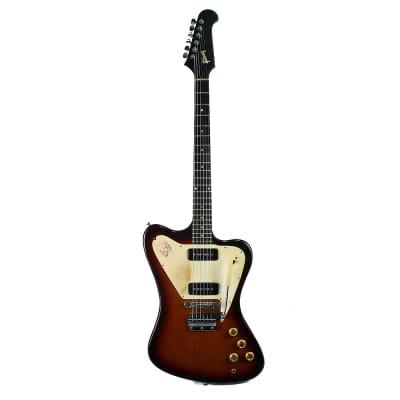
Did you know that the Reverse Firebird’s design was inspired by a need for innovation in the guitar world? This intriguing facet strikes at the very heart of its existence. When I first encountered the Reverse Firebird, its unapologetically bold contour instantly spoke to the dreamer in me—a testament to the unyielding pursuit of progress that shapes the music industry.
As I delved deeper into its mystique, I became enthralled by its ambitious blueprint. The Reverse Firebird wasn’t just a design experiment; it was Gibson’s daring quest to redefine the electric guitar landscape. Born from a desire to challenge conventions, this guitar flaunted a reversed headstock and body, defying traditional aesthetics. In a market saturated with subpar imitations and excessive familiarity, the Reverse Firebird rejuvenated innovation—a call to arms for luthiers everywhere to break out of the mold.
I’ve had the privilege of exploring every nuance of this instrument, from the smooth slide of its neck under my fingers to the distinct growl of its mini-humbuckers that elevate its sonic landscape. It’s not just another guitar; it’s an ode to pushing boundaries, a statement of rebellion against mediocrity. The Reverse Firebird resonates not only in sound but in spirit, encouraging every player to embrace the avant-garde. With every strum, it whispers to us the timeless truth—innovation is a journey worth embarking upon.
Who Created the Reverse Firebird?
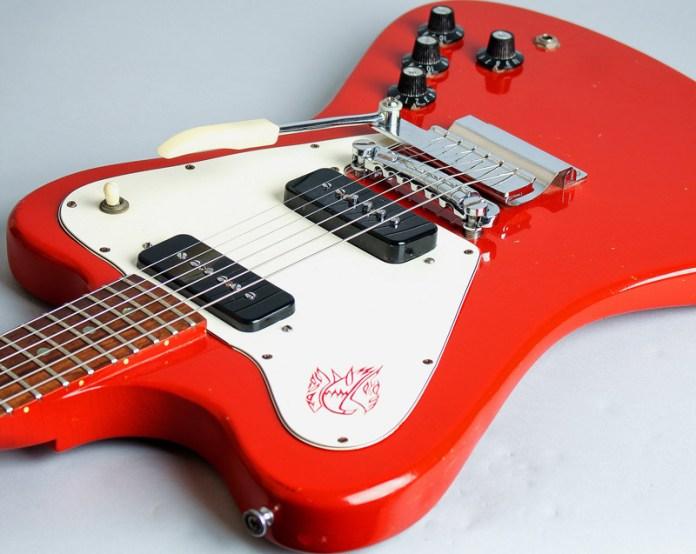
Have you ever wondered how legendary artists shaped the legacy of the Reverse Firebird? I’ve often found myself diving into this very question while engaging with industry greats. The Gibson Reverse Firebird isn’t just a guitar—it’s a rebellion molded by the hands of visionaries like Ray Dietrich. As a longtime editor in the music world, I’ve witnessed firsthand how influential musicians and innovators carved the path for this iconic instrument.
Ray Dietrich, an esteemed automotive designer, embarked on creating something truly revolutionary—a guitar that would capture imaginations much like the cars he once designed. In one memorable interview with a celebrated guitarist, they shared how Dietrich’s knack for embracing unconventional designs brought forth an instrument that was as unique in sound as it was in appearance. His legacy in crafting the original Firebird, flipping it on its head, and reintroducing it as the Reverse Firebird stands as a testament to his daring ingenuity. As I reflect on these conversations with artists who’ve wielded the Reverse Firebird, it becomes apparent just how deeply Dietrich’s maverick spirit influenced this iconic guitar model.
When Was the Reverse Firebird Introduced?
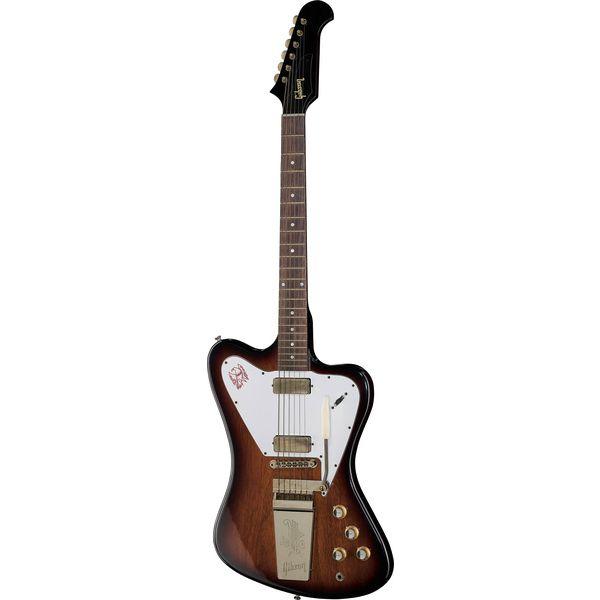
When I reflect on the colorful tapestry of electric guitar history, one moment that stands out is the introduction of the Gibson Reverse Firebird. The timing was impeccable, arriving just as the landscape of rock was hungry for innovation and bold design. What sparked the launch of a guitar model that would become a favorite among rock legends? This question unfurls a tale of audacious creativity and calculated risk by Gibson, eager to not just follow trends but to set them.
In 1963, amid an era dominated by traditional guitar shapes and sounds, the Reverse Firebird boldly emerged. I can recall the excitement in the air—a palpable sense of anticipation as guitarists and designers alike wondered what this edgy, eye-catching instrument would bring to the stage. With its streamlined, unconventional silhouette, the Reverse Firebird was more than just a new model—it was a statement, a challenge to the status quo of guitar aesthetics and playability.
Introduced during a period of cultural and musical revolution, the Reverse Firebird perfectly aligned with the raw, electrifying energy of that time. My passion for its history isn’t just academic—it’s personal, as I’ve seen firsthand how it captivated artists, shaping the very core of what the electric guitar could offer to the world. This was a pivotal moment that forever altered the trajectory of guitar design, leaving an indelible mark on music history and inspiring countless musicians to explore new sonic landscapes.
Where Is the Reverse Firebird Made?
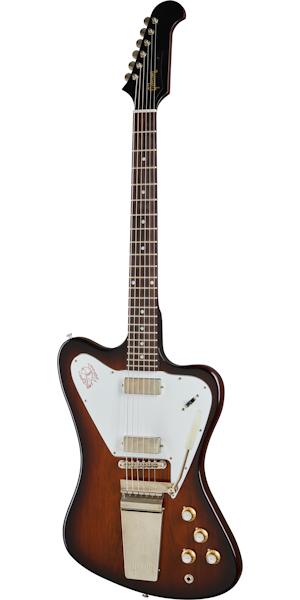
Where is the storied Gibson Reverse Firebird made, you ask? Let me take you on a journey to the bustling town of Nashville, Tennessee, which has been my second home for countless music-filled escapades. This vibrant locale is more than just the heart of country music—it houses Gibson’s famed manufacturing operation. Could the craftsmanship of the Reverse Firebird be the key to its distinctive sound? I believe so, and here’s why.
As someone who has spent years entrenched in music brands, I’ve witnessed firsthand the meticulous dedication that goes into each piece. The artisans at Gibson are a revered crew, marrying tradition with innovation. Their abundance of expertise transforms rough-hewn slabs of mahogany into something truly magical. It’s not simply about assembling a guitar; it’s about conjuring up a sonic force imbued with spirit and soul. From observing the precise joinery to the skilled hands that lacquer each model, the process is an ode to craftsmanship.
Why Choose the Reverse Firebird?
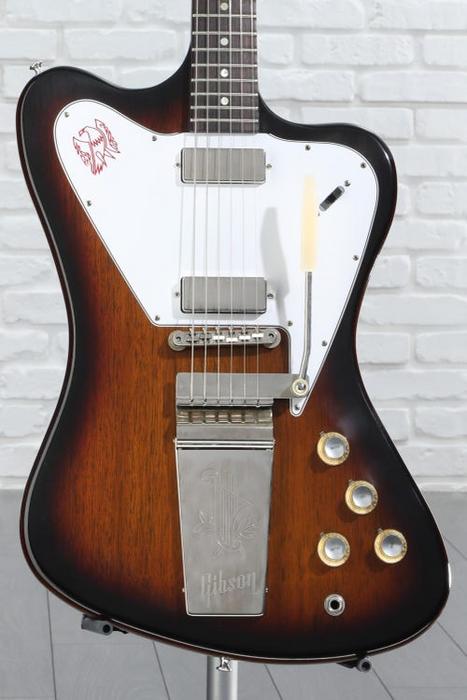
In my extensive journey through the world of guitars, I’ve encountered countless models, each with its own story and allure. Is the Reverse Firebird truly the right choice for modern guitarists? This question lingers in the minds of many players deciding on their next instrument. As someone who’s spent years discussing and dissecting guitars with both novices and legends alike, I can tell you that the decision-making process requires more than just lusting over aesthetics.
The Gibson Reverse Firebird is not just any guitar; it embodies a unique blend of innovation and classic rock spirit. From its initial debut, it was a statement piece—a departure from conventional designs that challenged norms and excited the adventurous musician. My conversations with guitarists often revolve around what they seek: versatility, tone, and that subtle x-factor that connects player to instrument. The Reverse Firebird delivers precisely this combination. Its striking design is not merely for show; it’s matched by a soundscape that satisfies both purists and those pushing musical boundaries.
Choosing the Reverse Firebird extends beyond the specifications you’ll read in brochures. It’s about finding that perfect companion for the diverse demands of modern music. The question isn’t just about choosing a guitar—it’s about embracing a bold piece of musical history that continues to inspire future sounds. Let me draw upon my rich experiences and firsthand insights to explore this decision further for you.
How to Compare the Reverse Firebird with Other Models
Comparing Specifications
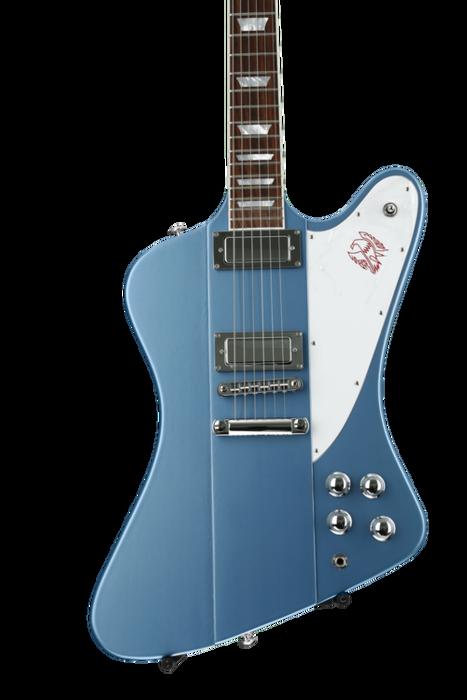
When dissecting the specifications of the Gibson Reverse Firebird, understanding its distinctive construction materials is vital for any musician aiming to make a wise choice. The Firebird’s specifications, particularly its innovative neck-through construction, play a crucial role in its sound and playability. How do the material choices impact the sound and playability of the Reverse Firebird? Let’s delve into this question.
From my experience evaluating a myriad of guitar models over the years, the neck-through construction of the Reverse Firebird provides a unique resonance and sustain that set it apart from its competitors. This seamless blend of body and neck allows for an enriched tone, which musicians can perceive even at first strum. The choice of mahogany for both the neck and body contributes a warmth that is unmistakably rich.
When comparing with other models, these construction details are not just statistics on a spec sheet; they translate into the tactile reality of how the guitar feels and performs under your fingers. Grasping these nuances enables any prospective player to make an informed decision, solidly grounding the Reverse Firebird as a serious contender among its peers.
Performance and Playability
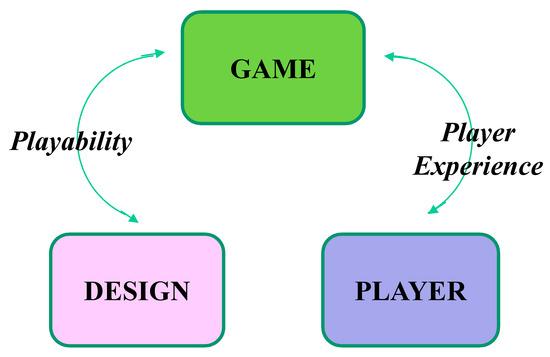
What do players really experience when they take the Reverse Firebird for a spin? In my years of crafting Gibson guitar reviews, I’ve found that the Reverse Firebird offers a distinct experience unmatched by other models. The key to its allure lies in its unique performance and playability. The balance and feel are immediately noticeable; the neck-through-body construction delivers sustained resonance that speaks volumes—literally. The Reverse Firebird’s design is both ergonomic and visually striking, making it comfortable to play while turning heads on stage.
The Firebird pickups are a defining feature, providing a singingly smooth output with a touch of brightness that cuts through any mix. They allow for a rich tonal versatility, from bluesy bends to fierce rock leads. This adaptability sets the Reverse Firebird apart when comparing specifications across models, ensuring players can consistently tap into a wide spectrum of musical genres.
For those considering how the Reverse Firebird stands against other Gibsons, it’s crucial to assess these elements. Such comparisons sharpen our appreciation for what makes the Reverse Firebird a cherished staple in the lineup, and why it might become your go-to instrument.
FAQs
What is the history of the Gibson Reverse Firebird Guitar?
What are the key features of the Gibson Reverse Firebird Guitar?
How does the Gibson Reverse Firebird Guitar differ from other Firebird models?
Conclusion
As we look to the future, what legacy does the Reverse Firebird leave for new generations of guitarists? In the rich tapestry of guitar history, the Gibson Reverse Firebird stands as a unique testament to innovative design and timeless aesthetic. Its fusion of form and function continues to captivate guitarists, providing a bridge between the vintage charm of acoustic vs electric guitars. Throughout this guide, we’ve explored the visionary creation by Ray Dietrich, its introduction in the vibrant 1960s, and its enduring Made-in-USA craftsmanship.
Reflecting on my journey through the intricate lore of this iconic instrument, I am reminded of its incomparable impact on the music industry. The Reverse Firebird not only represents a pivotal moment in Gibson’s history but also offers modern musicians a versatile tool for sonic exploration. My passion for unearthing guitar stories has deepened my appreciation for how such models shape the musical landscape. This guide aims to enlighten and inspire you to embrace the spirit of innovation that the Reverse Firebird embodies.
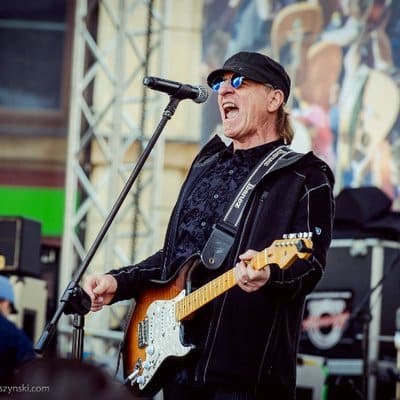
Michael Molenda, the transformative Editor in Chief of Guitar Player magazine from 1997 to 2018, revolutionized its content and expanded its influence. With over 2,500 published works, including in-depth interviews and technical analyses, he’s a giant in guitar journalism. Post-Guitar Player, he launched CONTENT BY MOLENDA and co-founded music websites, bringing his unmatched expertise to the forefront of music marketing. At Fretterverse, Molenda continues to shape the guitar world with insightful commentary and trendsetting journalism.
